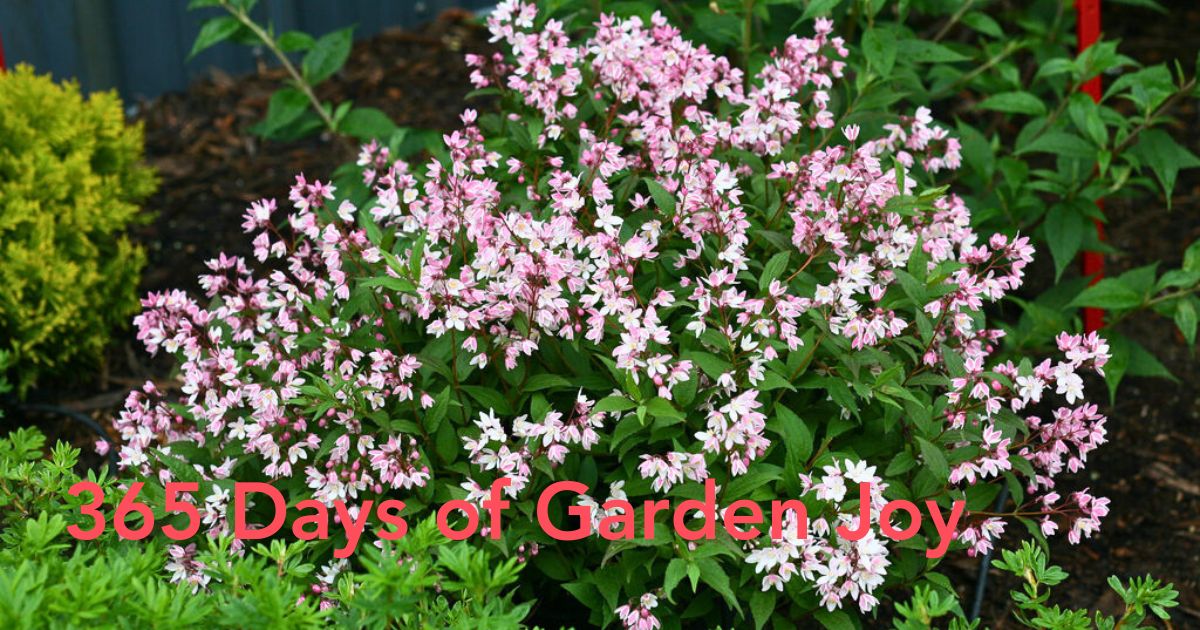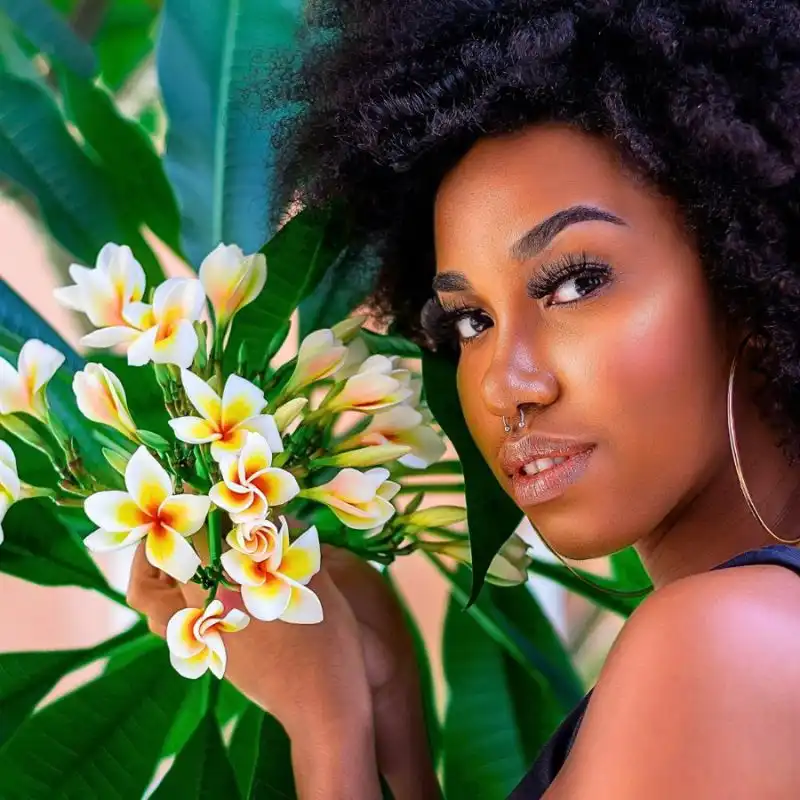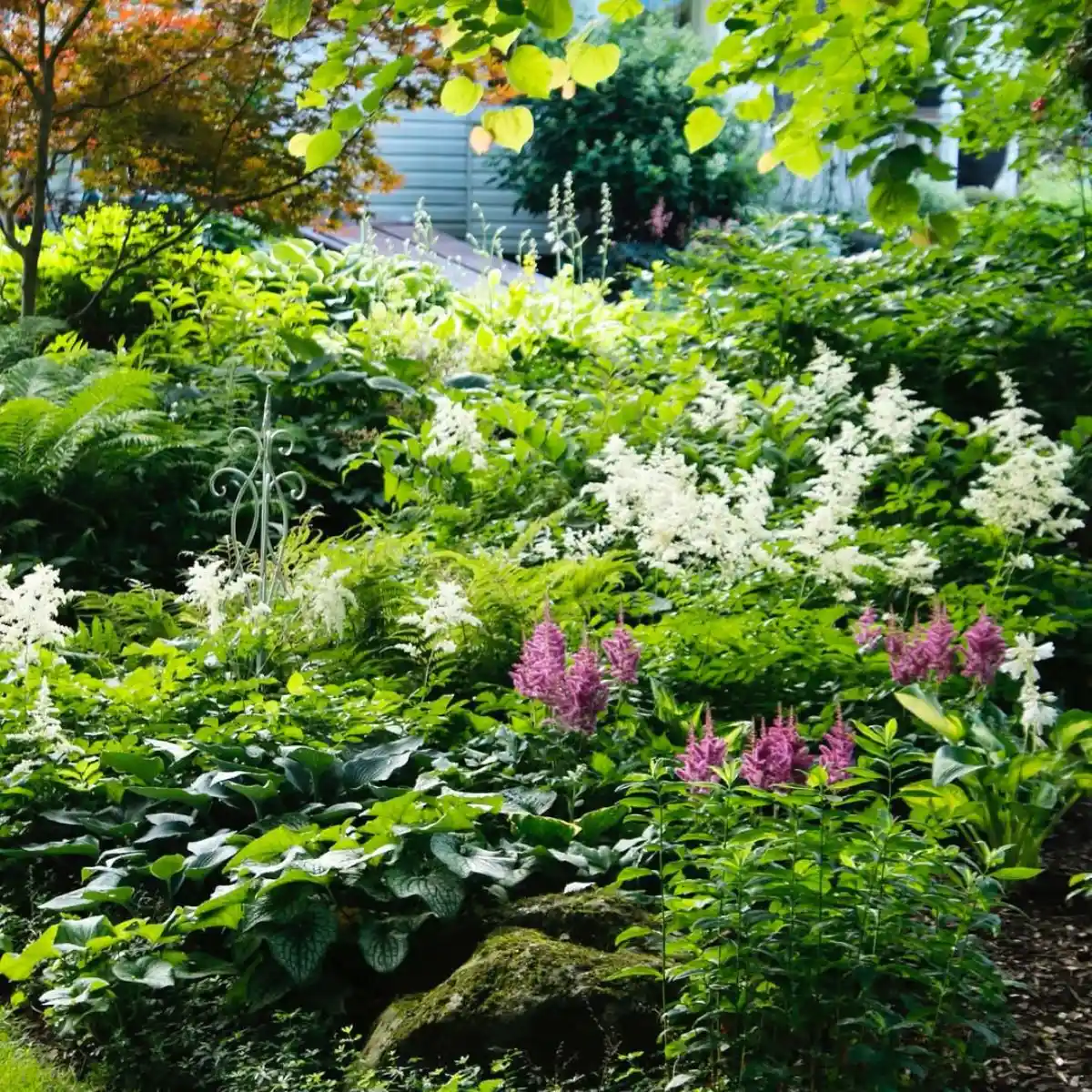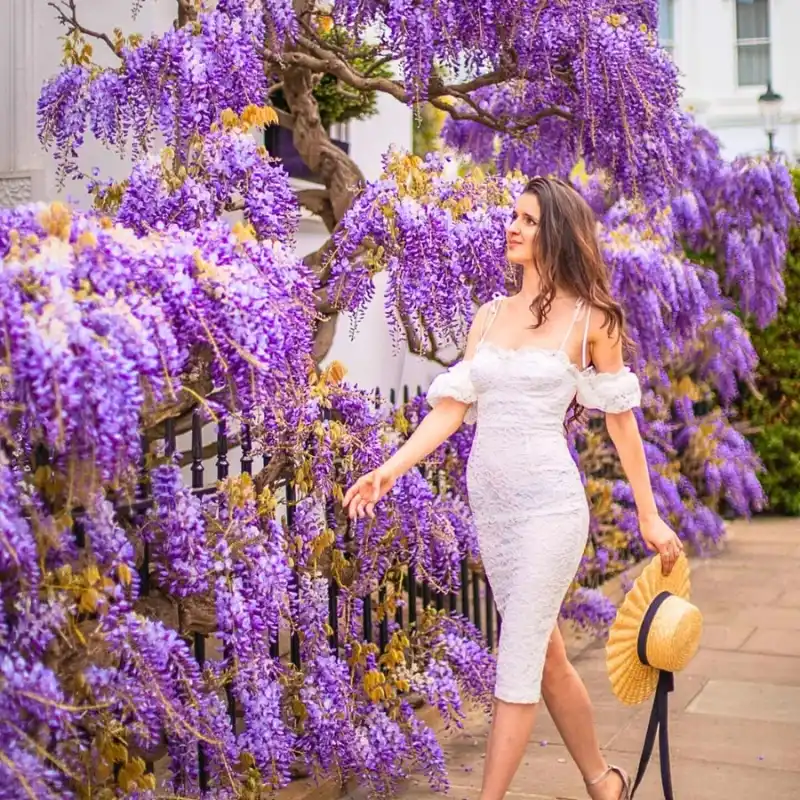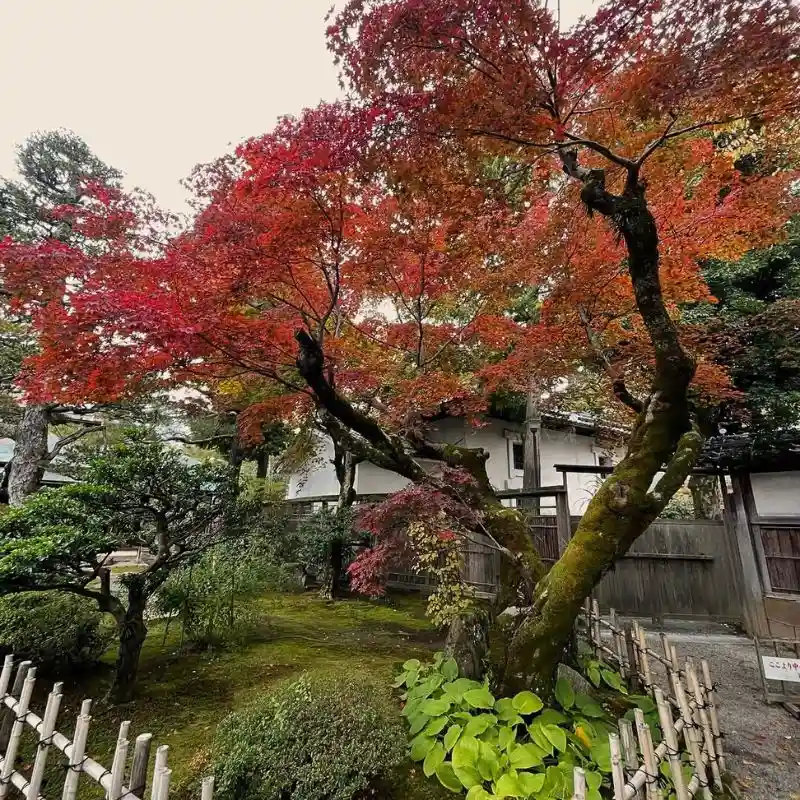Flowering shrubs are among the most practical and rewarding plants for a home garden. They provide structure, create natural borders, attract pollinators, and introduce continuous seasonal interest. With careful planning, you can combine shrubs that flower in spring, summer, fall, and even the cold months of winter. This makes it possible to design a garden filled with shrubs that bloom all year, without leaving any season bare.
Shrubs are also long-lived compared to annual flowering bushes. Once established, they require less maintenance, making them a good investment for gardeners who want lasting results. Many shrubs are adaptable to different soils and climates, while others are ideal for specific conditions such as shade, wet ground, or poor soil. By choosing wisely, you can mix long-lasting flowering shrubs with all-season shrubs and annual bushes with flowers to maintain variety and resilience.
Shrubs also play a role beyond visual appeal. They create habitats for pollinators and birds, act as privacy screens, and reduce soil erosion. In this way, year-round flowering shrubs are not only ornamental but also practical building blocks of sustainable landscapes.
Seasonal Shrubs That Keep Gardens in Color
Creating a garden with shrubs that flower all year requires selecting varieties that peak in different seasons. Some shrubs are known for their spring display, others carry the garden through hot summer days, while a few extend color into fall or winter. When planted together, they ensure that your outdoor space is never without interest.
Spring Flowering Shrubs
Azaleas, a type of Rhododendron, are widely recognized as spring classics. They thrive in acidic soil and partial shade, rewarding gardeners with large displays in shades of pink, red, purple, orange, and white. These shrubs are reliable choices when aiming for bushes that flower all year, since they start the cycle with early-season energy. With proper care, they remain structural assets even outside their flowering period.
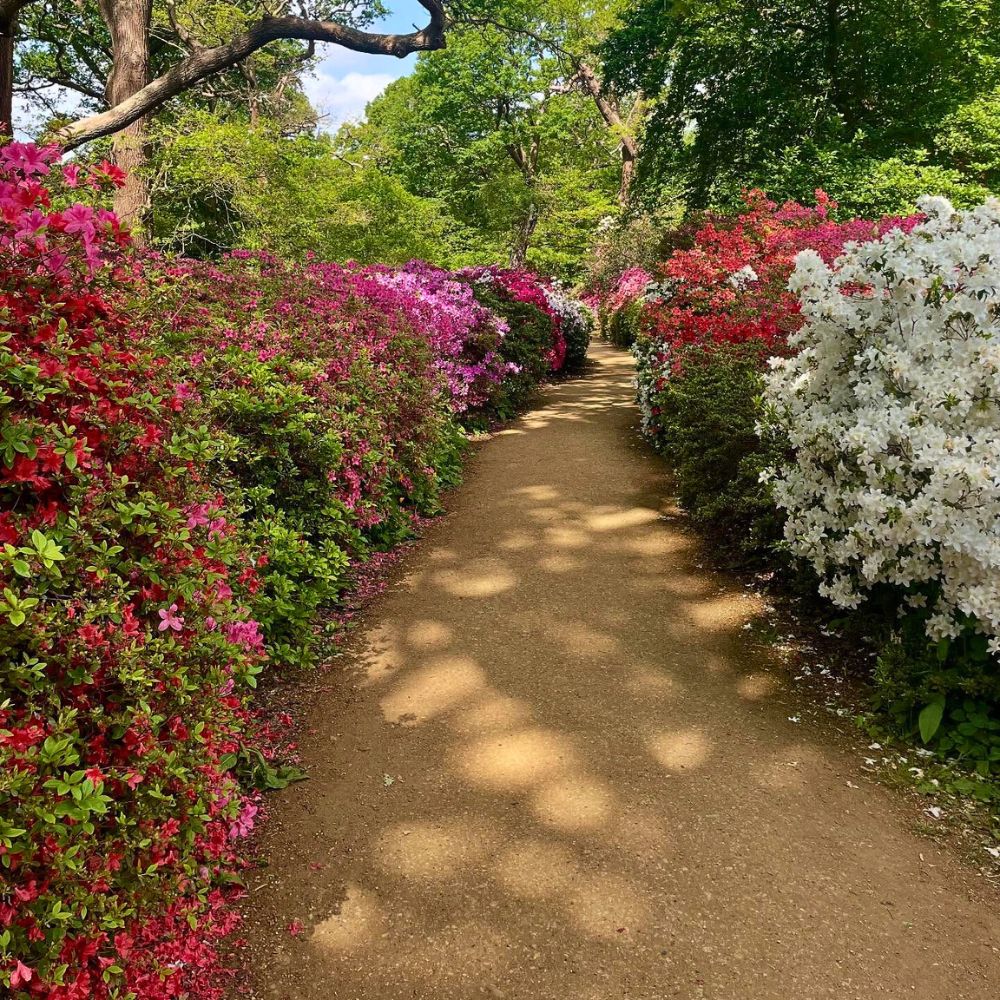
The common lilac, Syringa vulgaris, is another well-loved spring shrub. Native to the Balkans and widely naturalized across Europe and North America, lilacs are hardy, resilient, and known for their scented flowers. They represent the kind of long-lasting flowering shrubs that need little attention once established, making them easy to integrate into mixed borders or hedges.
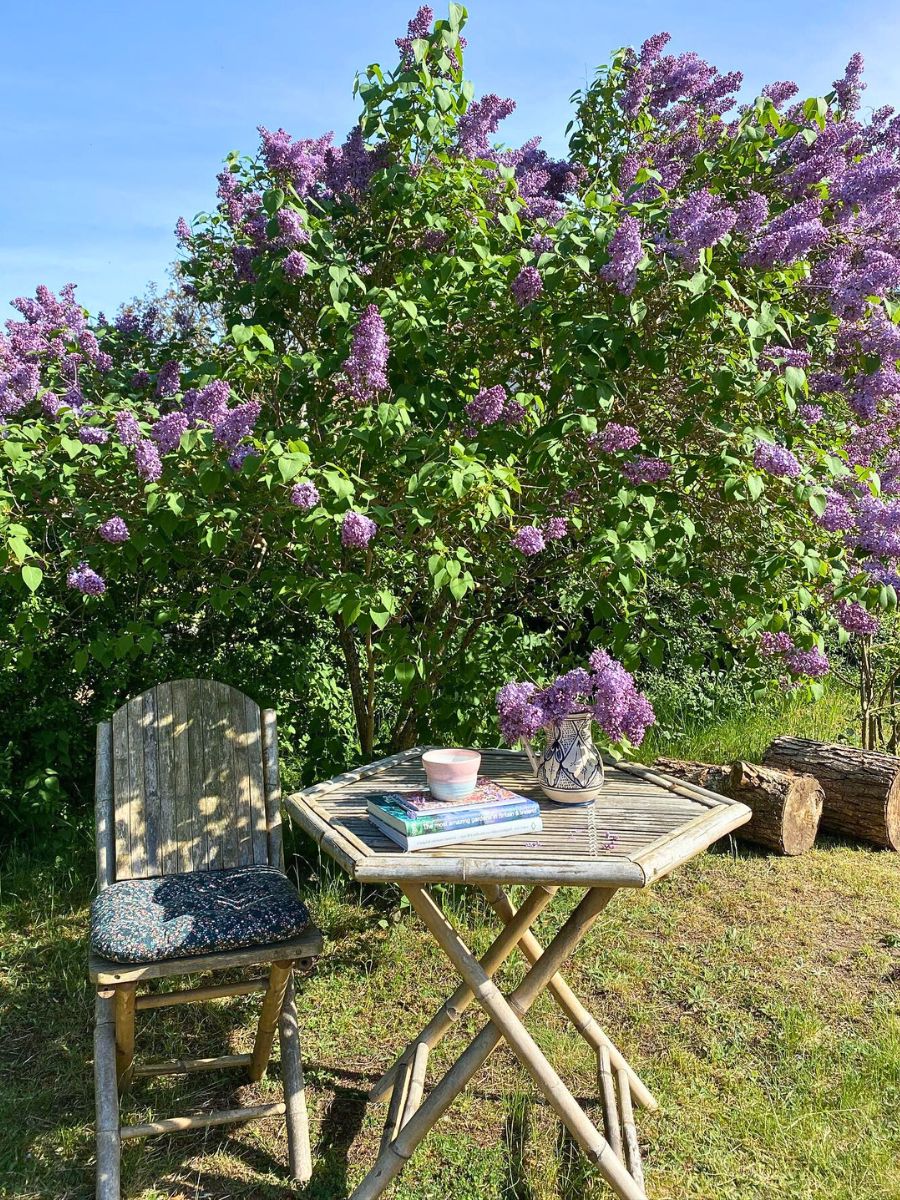
Forsythia is yet another early sign of spring. Its golden flowers appear before the leaves, often signalling the end of winter. Though its flowering period is brief, its impact is undeniable. By positioning forsythia in background spaces, you can enjoy a strong seasonal effect while relying on other shrubs to carry the garden forward. Together, these species set the tone for annual bushes with flowers that awaken the garden each spring.
Summer Flowering Shrubs
Summer gardens depend on shrubs that flower all summer, ensuring the landscape remains lively through the hottest months. The butterfly bush, Buddleia, is one of the longest-flowering shrubs available. Starting in early summer, it produces long spikes of color that persist well into fall. Its nectar-rich flowers make it a magnet for butterflies, bees, and hummingbirds, adding ecological value alongside aesthetic appeal.
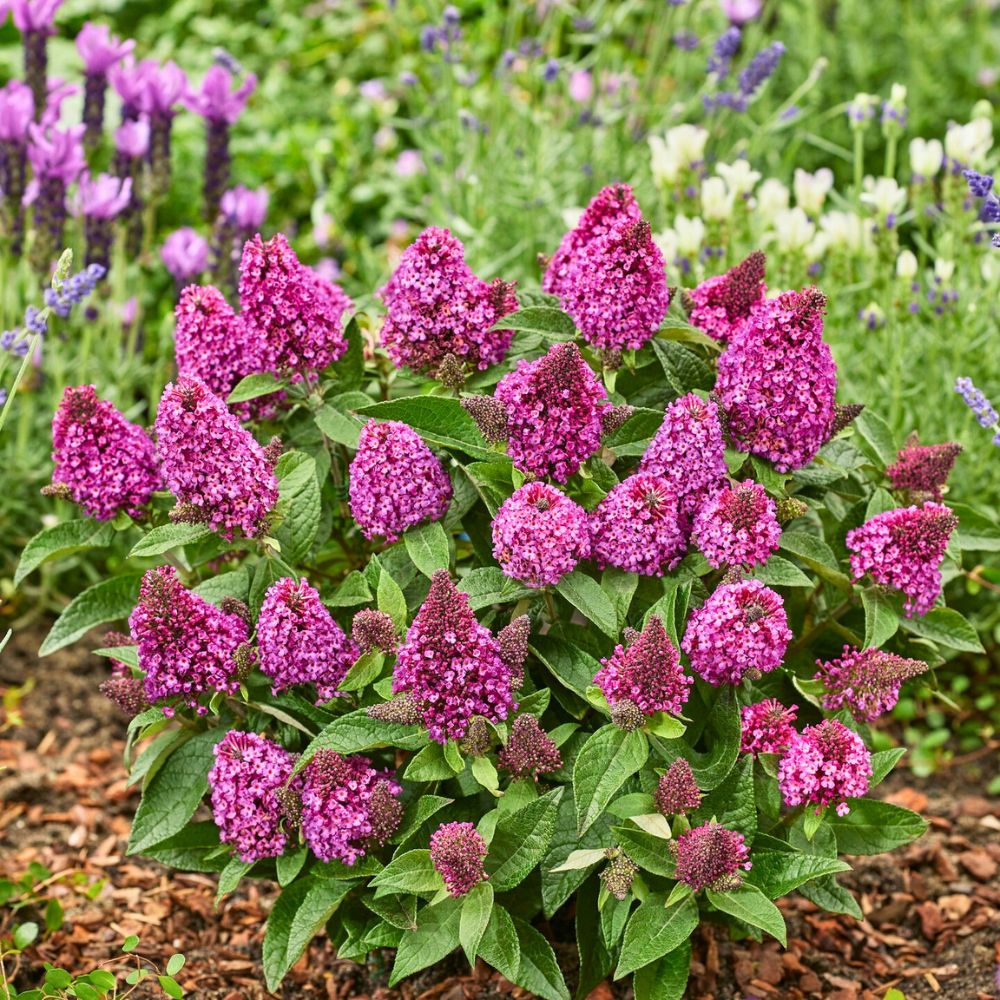
Hydrangeas are another dependable choice, and among them, the panicled type stands out. The variety known as Limelight produces conical flower heads that shift from lime green to white and eventually to rosy pink as the season progresses. These transitions make hydrangeas excellent shrubs that change colors with the seasons. They also adapt well to partial shade, expanding options for gardeners working with less sunny spaces.
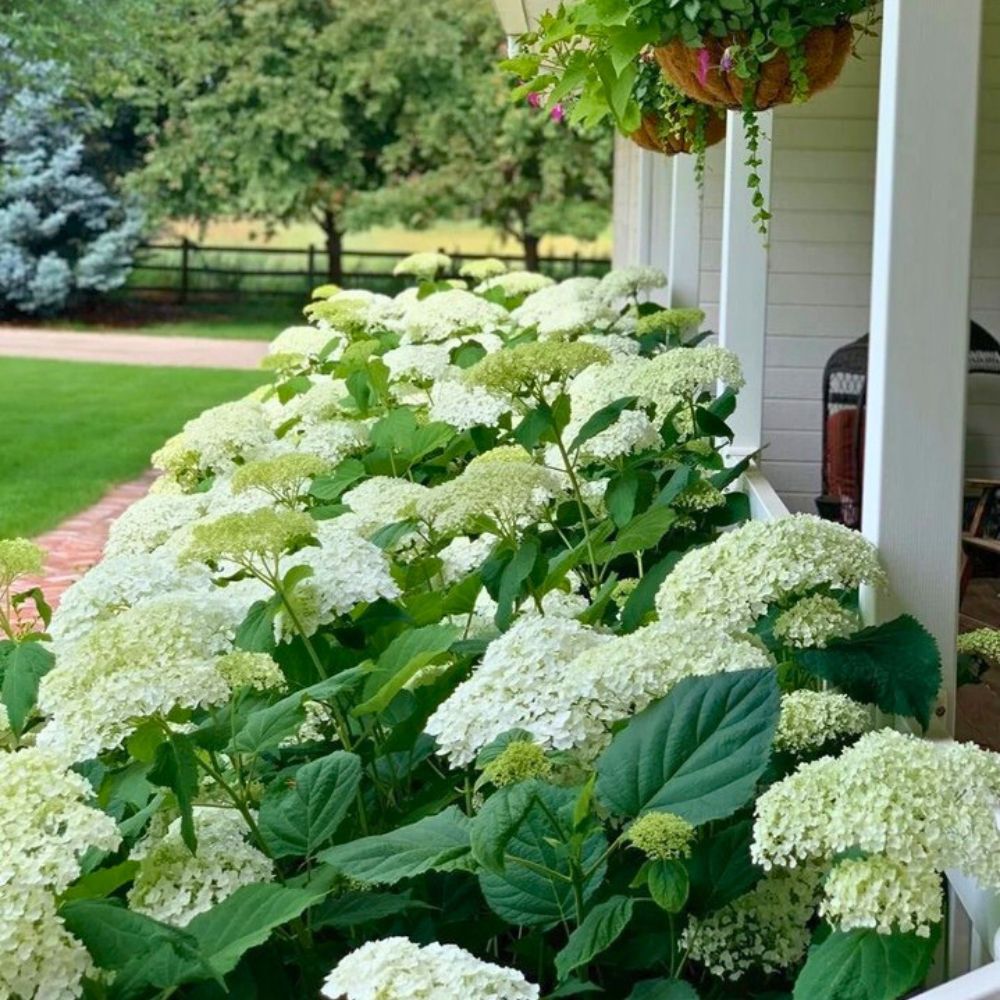
Mock orange, or Philadelphus, contributes with fragrant white flowers in early summer. Known for its citrus-like scent, this shrub works well in hedges or as a standalone accent. Its fragrance and structure make it one of the more versatile all-year shrubs when paired with complementary species in different seasons.
In some regions, Rose of Sharon (Hibiscus syriacus) extends summer into autumn with large, hibiscus-like flowers. Hardy and adaptable, it exemplifies shrubs that bloom all summer while providing reliable growth in varied conditions.
Fall Flowering Shrubs
As summer draws to a close, the right plant choices ensure that gardens remain colorful. Buttonbush, Cephalanthus occidentalis, thrives in moist soils and is especially useful near ponds, rain gardens, or downspouts. Its round flower clusters attract pollinators in late summer, while the glossy leaves and ornamental fruit extend interest into fall. Though tall in its natural form, smaller cultivars allow more flexible use in home landscapes.
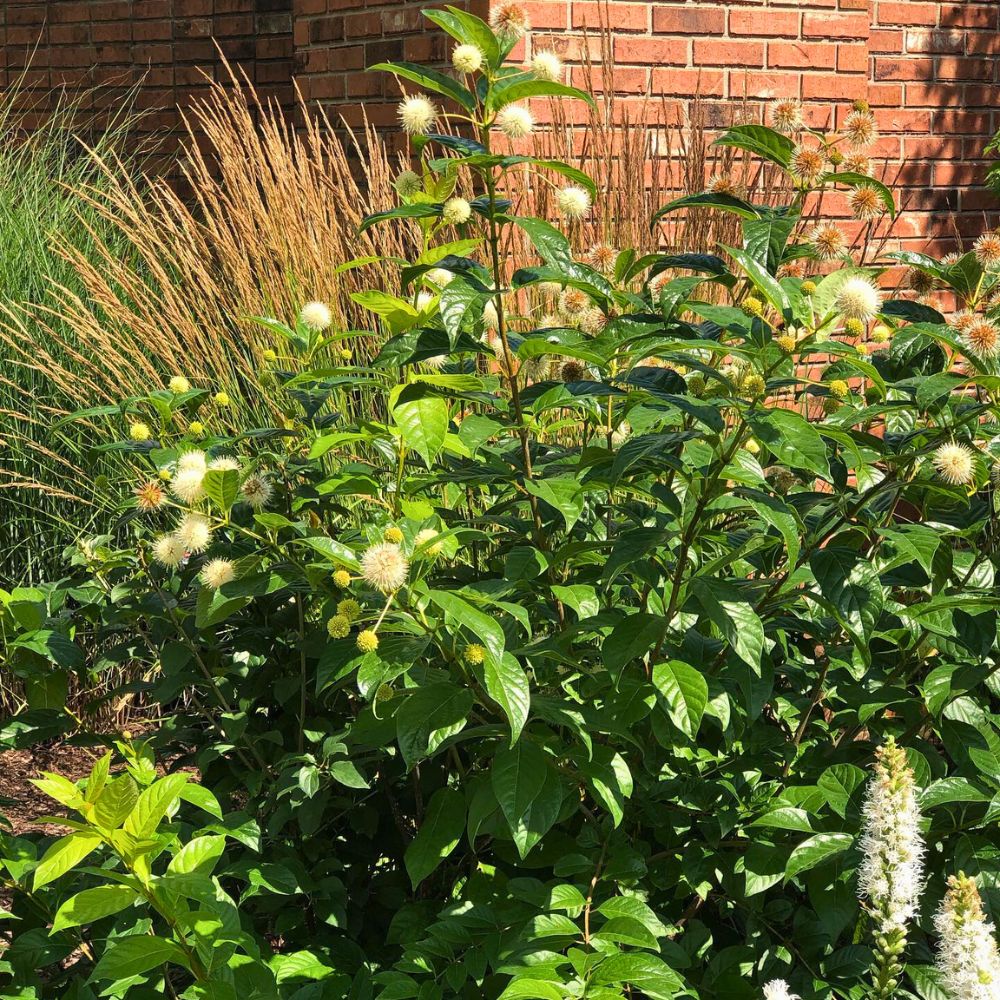
Abelia x grandiflora, particularly the Kaleidoscope variety, is another reliable fall performer. This shrub is valued not only for its tubular flowers but also for its changing foliage. The leaves shift from golden to green with orange and red tones, positioning abelia among shrubs that change colors with the seasons. Its resilience and long season make it suitable as a background shrub, edging plant, or part of a mixed hedge.
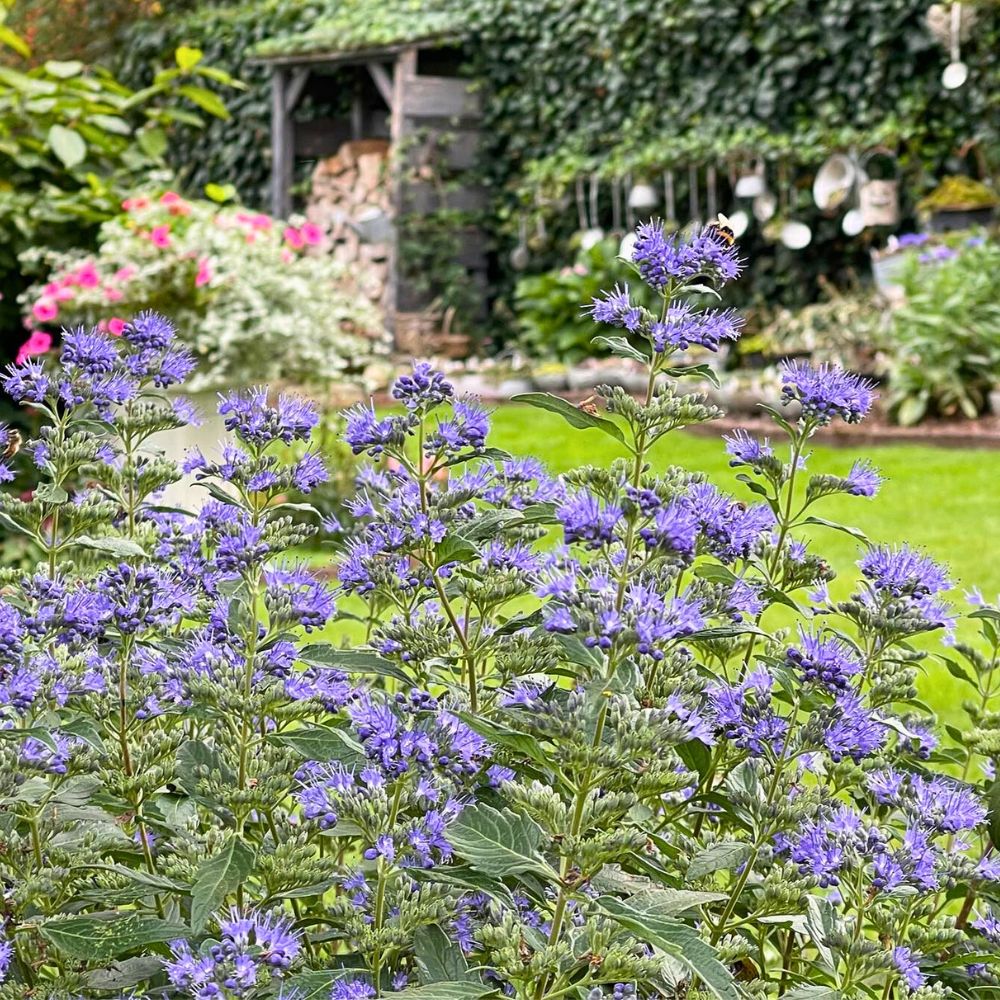
Caryopteris, sometimes called bluebeard, also adds late-season flowers. Its blue to purple tones contrast well with autumn foliage, and its nectar is particularly attractive to bees preparing for winter. Together, these shrubs make fall an active period rather than a winding down of the gardening year.
Winter Flowering Shrubs
The cold season does not have to mean a garden without flowers. Camellia japonica is one of the best-known winter shrubs. With evergreen foliage and flowers in white, pink, or red, it provides structure and seasonal color from late fall into spring. By planting early, mid, and late-season cultivars, Camellias can contribute to a sequence of flowers that stretches across several months, supporting the idea of shrubs that flower all year.
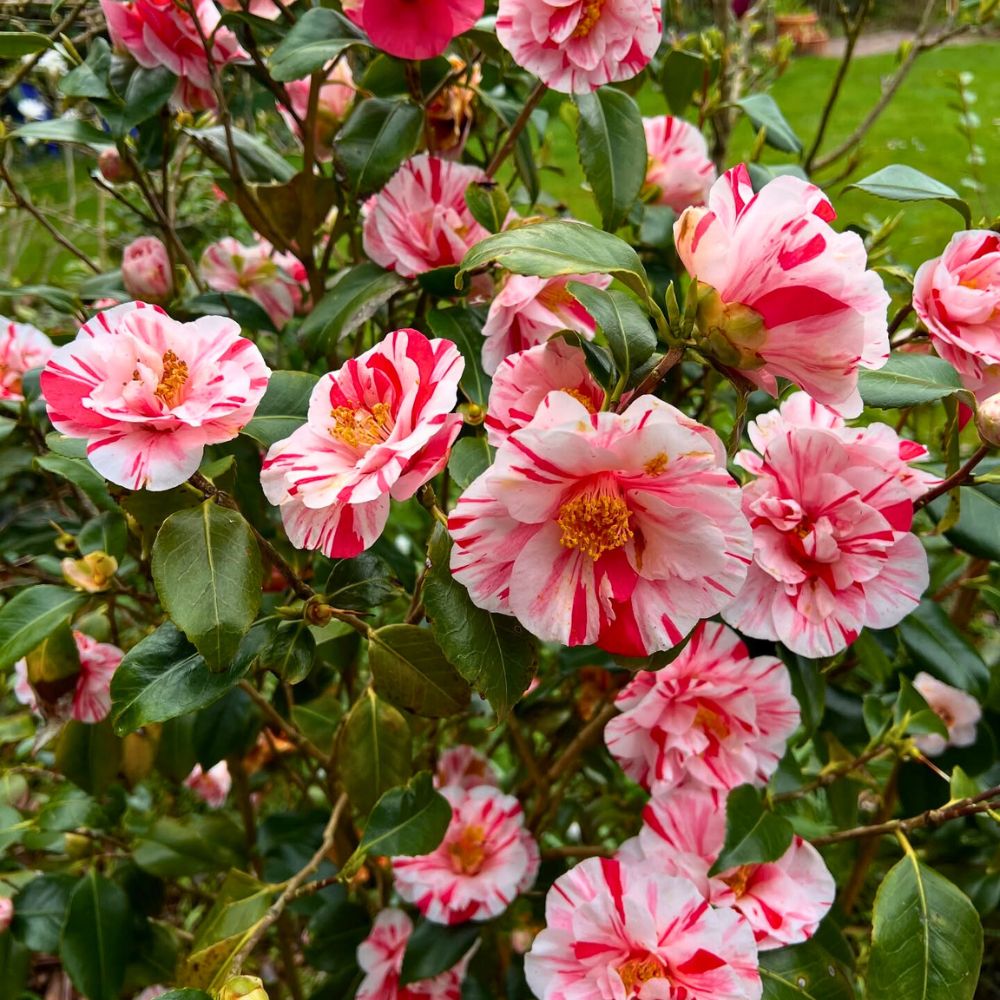
Daphne odora is another valuable option, producing fragrant clusters in midwinter. Its evergreen leaves, often edged with gold, ensure it remains visually appealing even outside its flowering window. In many gardens, it fills gaps during the colder season, offering both scent and color when few other shrubs are active.
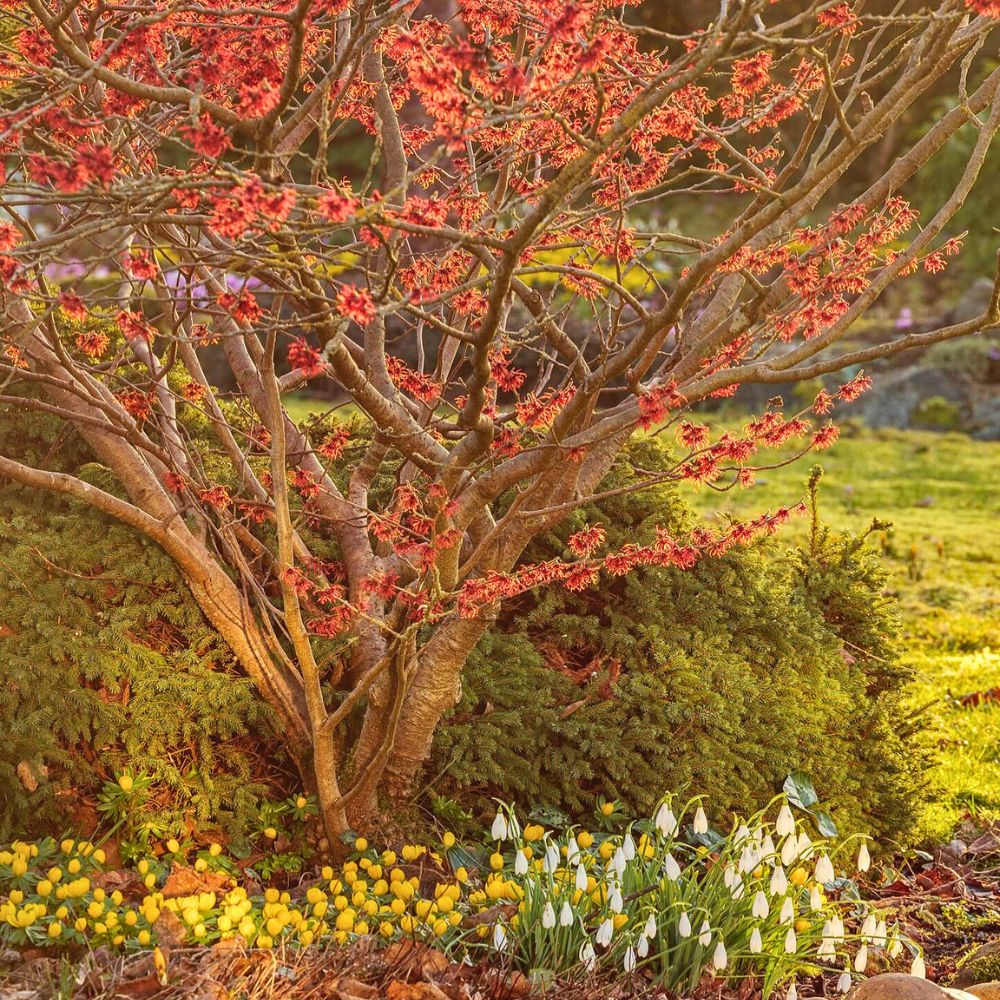
Witch hazel, Hamamelis, extends winter gardening possibilities further. Its spidery yellow or red flowers tolerate freezing conditions, and its fragrance carries through crisp air. As one of the earliest shrubs to flower each year, it bridges the gap between winter and spring, making it indispensable in the sequence of all-season shrubs.
Designing a Garden With Shrubs That Bloom All Year
Achieving a sequence of flowering shrubs that lasts through every season requires thoughtful design. The key is to stagger selections so that as one plant finishes, another takes over. For example, Azaleas and lilacs dominate spring, while butterfly bush and hydrangea carry summer. Abelia and button bush extend into fall, followed by Camellias, daphnes, and witch hazel in winter.
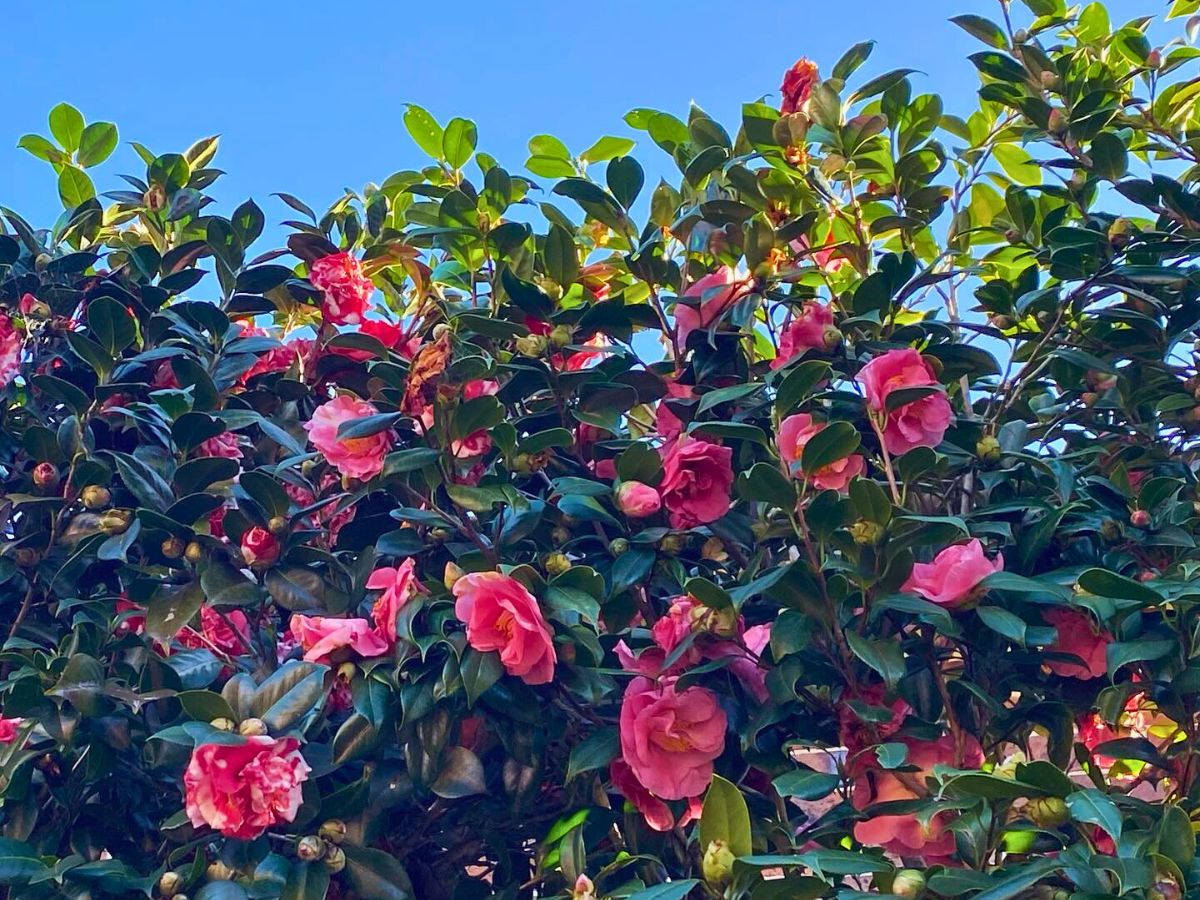
This layering approach ensures that the garden never lacks interest. Incorporating shrubs that change colors with the seasons, such as hydrangeas or abelia, adds another dimension beyond flowering. Evergreens like Camellia and daphne contribute structure year-round, anchoring the garden even during dormant months.
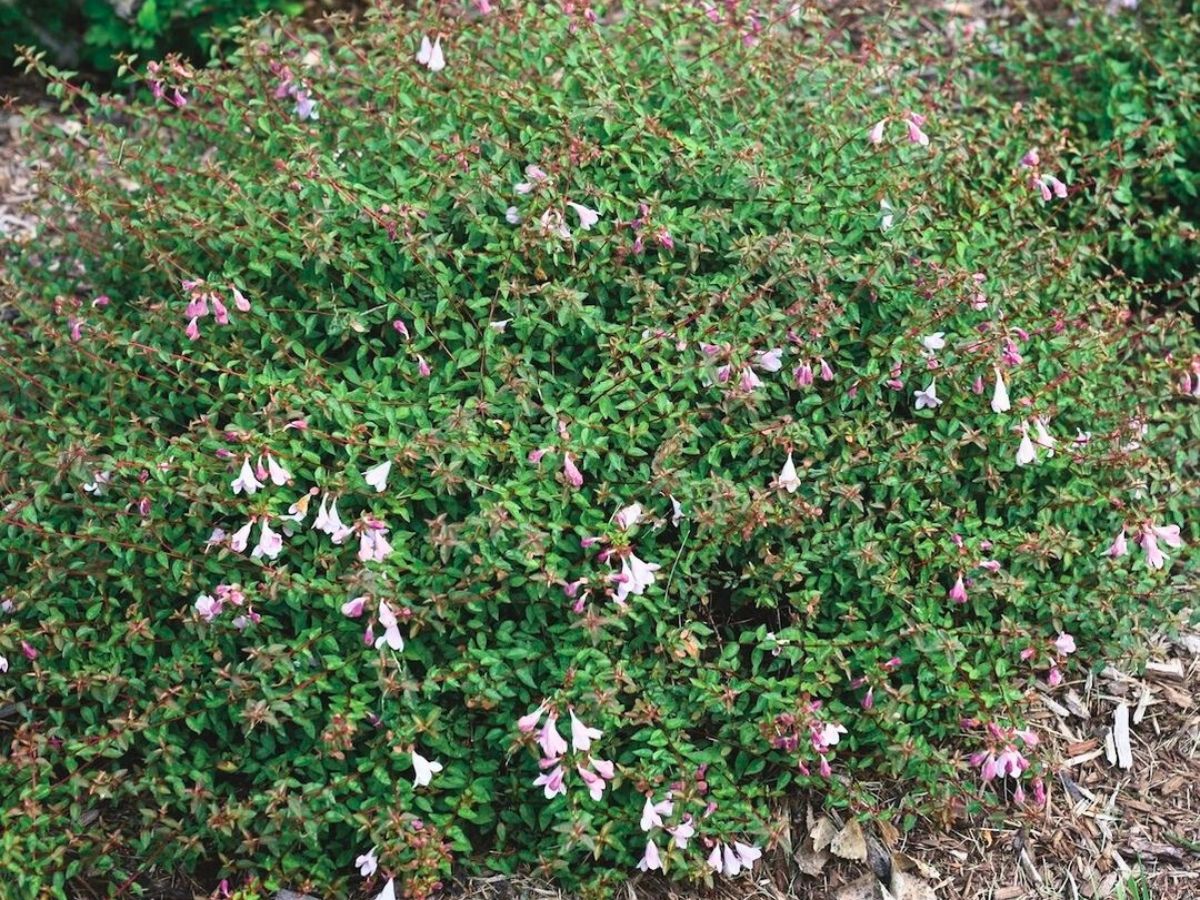
Shrubs can also be combined with perennials and grasses to strengthen seasonal transitions. For instance, pairing summer-flowering shrubs with ornamental grasses ensures texture even after the flowers fade. By mixing long-lasting flowering shrubs with annual flowering bushes, gardeners can balance permanence with variety.
Care and Maintenance of Flowering Shrubs
To keep shrubs productive, proper care is essential. Most shrubs that flower all year or across multiple seasons require well-prepared soil at planting. Rich, well-drained ground supports root establishment, while mulching conserves moisture and moderates soil temperature.
Watering schedules vary, but consistent deep watering is preferable to frequent shallow watering. Pruning is another crucial practice. Some shrubs, like Forsythia and Syringa (lilac), should be pruned immediately after flowering to encourage strong growth the following year. Others, such as butterfly bush, benefit from cutting back in late winter to stimulate new shoots.
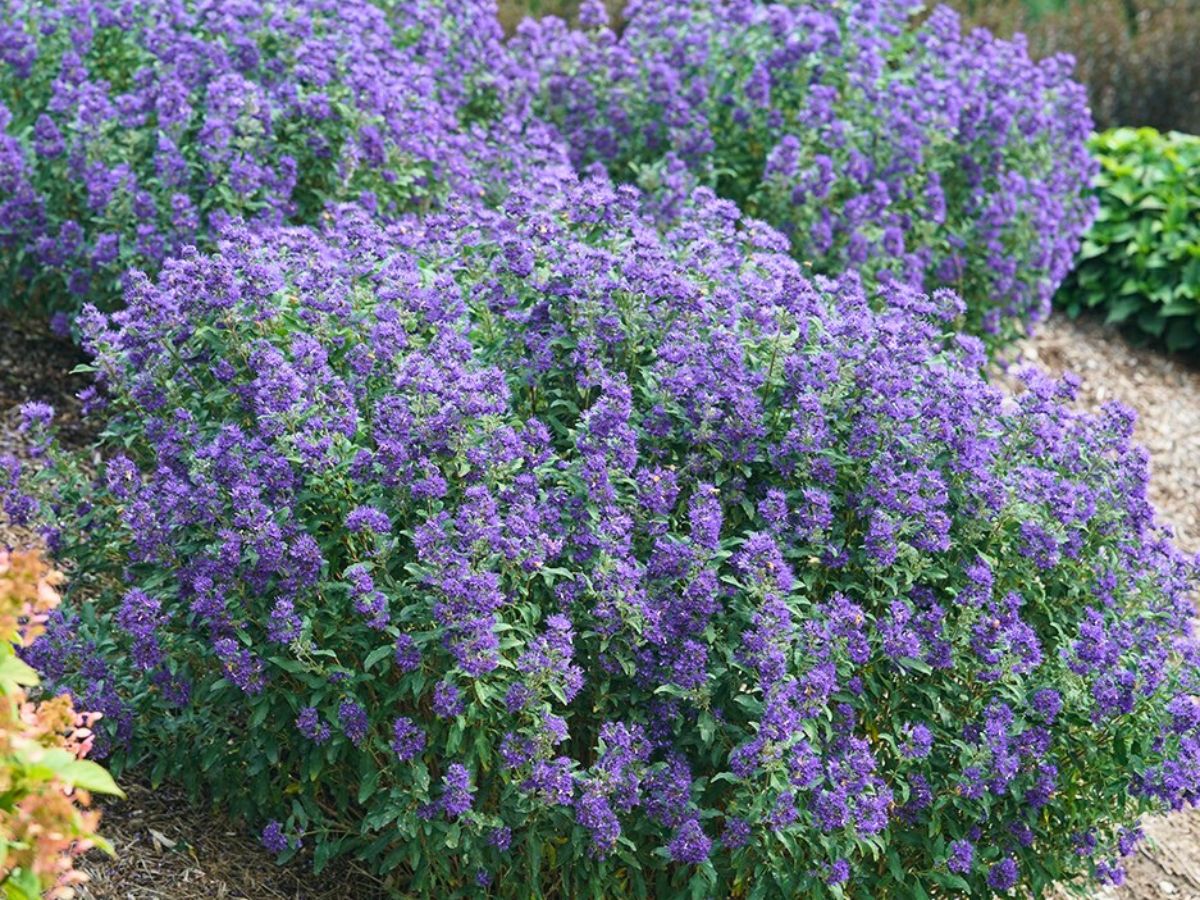
Feeding shrubs with balanced fertilizer supports flowering cycles, though over-fertilizing can produce more leaves at the expense of flowers. With routine care, even shrubs that flower all summer or long-lasting flowering shrubs can continue to perform for decades.
Gardeners should also consider the climate. While Camellias thrive in milder regions, hydrangeas or abelia may tolerate wider temperature ranges. Choosing the right shrub for the right environment ensures healthier growth and longer life spans.
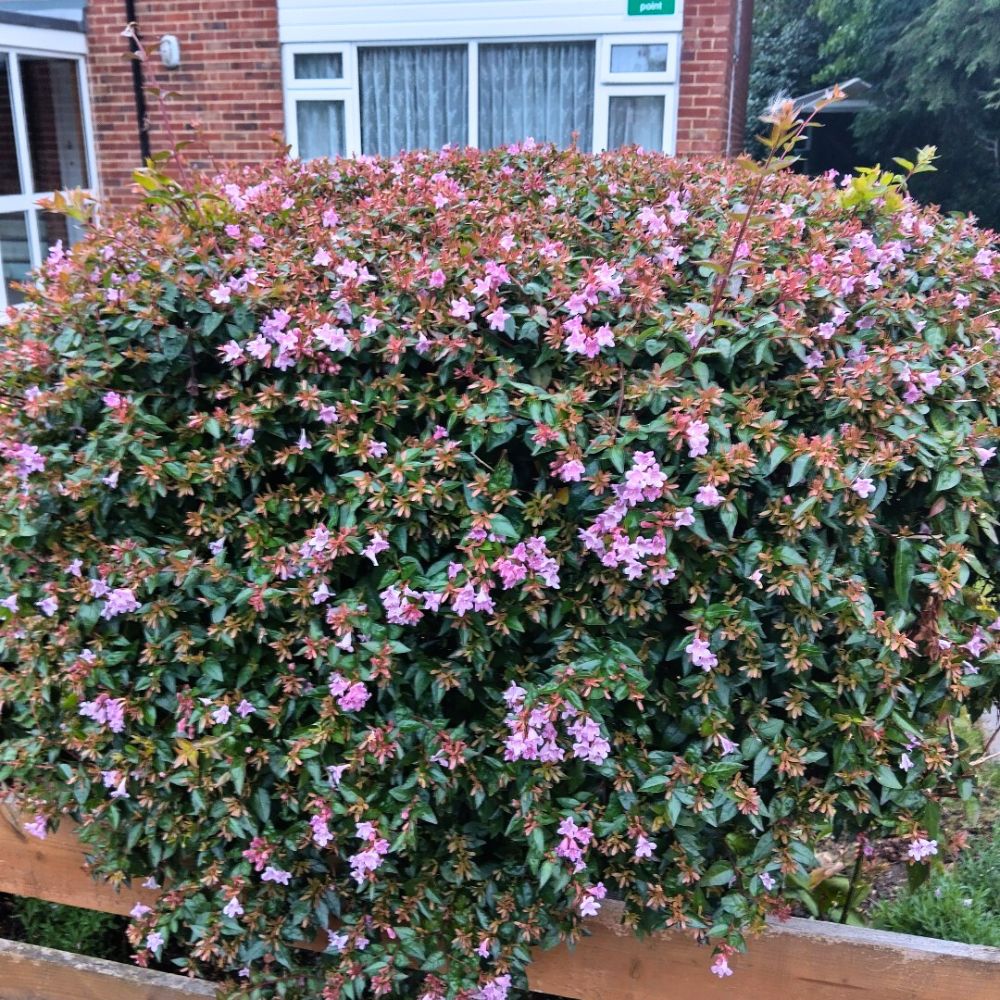
Designing with shrubs that bloom all year is both practical and rewarding. By carefully selecting species that peak in different seasons, you can create a living calendar of color and interest. From Azaleas in spring to Camellias in winter, year-round flowering shrubs ensure that your garden remains active, resilient, and visually engaging.
Whether you are planning all-year shrubs for structure, shrubs that flower all summer for pollinator support, or shrubs that change colors with seasons for added variety, the result is a landscape that offers pleasure in every month. With proper care, these plants will serve not only as garden features but also as long-term investments in a more sustainable and engaging outdoor space.

